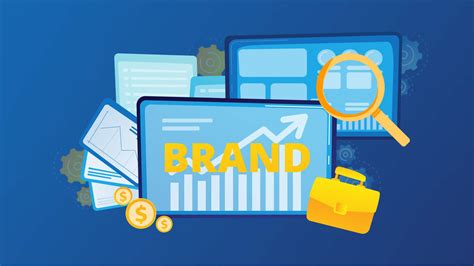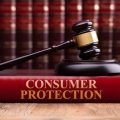How Do Brands Collaborate in Reporting Counterfeits?
1. What Are the Main Methods Brands Use to Identify Counterfeits?
Brands often use a combination of advanced technology and manual monitoring to identify counterfeit products. Technologies like AI-driven image recognition, blockchain for supply chain transparency, and data analytics on suspicious sales patterns help pinpoint counterfeit goods.
Brands may collaborate with e-commerce platforms to access data on listings and conduct routine sweeps to flag suspicious products. They also enlist the help of customers, who can report counterfeit goods through specific brand or marketplace channels.
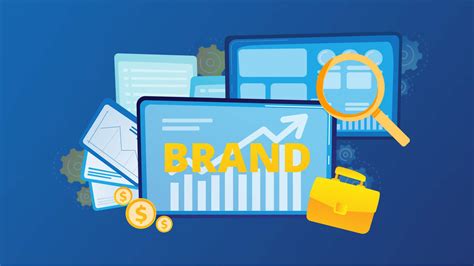
Furthermore, legal teams work closely with law enforcement to track down larger networks of counterfeiters. Below is a table outlining these methods:
| Method | Description |
|---|---|
| AI Image Recognition | Identifies counterfeit listings based on image analysis |
| Blockchain Tracking | Ensures authenticity by recording product data at each supply chain step |
| Customer Reporting | Encourages customers to report suspected counterfeit items |
2. How Do Brands and Marketplaces Work Together to Combat Counterfeiting?
Brands and online marketplaces collaborate to reduce counterfeit listings by sharing data and implementing policies that restrict unauthorized sellers. Marketplaces often grant brands access to back-end tools that allow for quick detection and takedown of suspicious listings.
For instance, Amazon’s Project Zero gives brands more control over removing counterfeit items directly. Brands may also participate in collaborative training programs, teaching marketplace staff to recognize counterfeit items.

In cases where counterfeit products are found, both the brand and marketplace teams coordinate with authorities to track sources. Here is a list of collaborative actions:
- Shared access to product listings and suspicious seller activity data
- Joint policies to block identified counterfeiters
- Legal support to enforce brand rights
3. What Legal Measures Do Brands Take to Address Counterfeiting?
Legal action is a critical part of anti-counterfeit strategies. Brands may file lawsuits against suspected counterfeiters or work with customs authorities to seize counterfeit goods at borders.
Brands often have dedicated teams that monitor legal frameworks, ensuring swift response to counterfeiting activities. Collaborative efforts also include aligning with local laws and ensuring that international treaties support brand protection efforts.
Below is a table summarizing legal measures:
| Legal Measure | Description |
|---|---|
| Customs Collaboration | Working with customs to seize counterfeit goods at entry points |
| Lawsuits | Legal action against known counterfeiters or networks |
4. How Do Brands Use Technology to Detect Counterfeit Items Online?
Technology plays an essential role in counterfeit detection. Many brands deploy AI-powered software that scans online listings and flags items that appear suspicious. Image recognition technology, in particular, can detect fake logos or brand marks.
Additionally, some brands use blockchain to trace each product’s journey from manufacturing to sale. Blockchain provides transparent records, reducing the likelihood of counterfeit items infiltrating the supply chain.
Brands also use data analytics to monitor sales anomalies. Here’s a quick list of the technologies used:
- Image Recognition
- Blockchain for Supply Chain Transparency
- Data Analytics on Suspicious Sales Patterns
5. What Role Do Consumers Play in Identifying Counterfeit Products?
Consumers are valuable allies in spotting counterfeit products. Brands often encourage their customers to report suspicious items or experiences with potential fakes.
Many brands offer incentives for reporting counterfeits and provide education on how to identify authentic products. Consumer awareness campaigns also highlight the dangers of purchasing counterfeit goods, such as health risks from substandard materials.
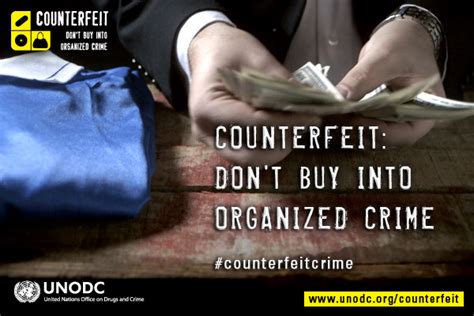
6. How Do Brands Use Packaging to Deter Counterfeiting?
Packaging is a powerful deterrent for counterfeiting. Brands incorporate features like holograms, unique serial numbers, and tamper-evident seals. These elements make it harder for counterfeiters to mimic authentic packaging.
For high-end products, brands may even use embedded RFID tags that allow for quick authentication. Advanced packaging designs can also include QR codes, which customers can scan to confirm product authenticity.
7. How Do Brands Work with Law Enforcement to Stop Counterfeiting?
Law enforcement collaboration is crucial in the fight against counterfeits. Brands work closely with local and international law enforcement to track and seize counterfeit items at various stages of the distribution chain.
Brands may also sponsor training programs for law enforcement officers, providing them with resources to recognize fake products and act swiftly. Law enforcement collaborations typically include:
- Resource-sharing on counterfeit identification techniques
- Joint operations targeting known counterfeit networks
8. How Do Brands Educate Retailers to Prevent the Sale of Counterfeits?
Brands conduct training sessions for retailers, teaching them how to spot counterfeit items and prevent these from entering their inventory. They may provide lists of authorized distributors, so retailers are confident they’re sourcing products from legitimate suppliers.
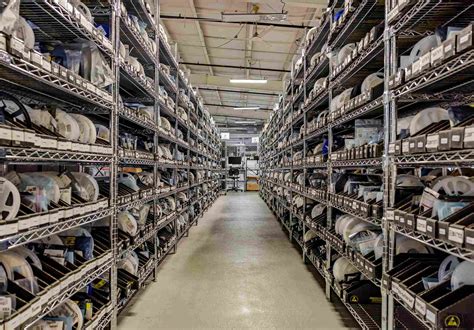
9. How Are Counterfeit Reporting and Investigation Processes Structured?
Brands typically have structured reporting processes that enable rapid response to counterfeit cases. These may include online forms or customer service lines dedicated to counterfeit reporting.
Reports are triaged based on urgency, and specialized teams investigate potential threats. Counterfeit investigations often involve:
- Immediate assessment of the counterfeit risk
- Collaboration with local enforcement
10. How Can Partnerships with Technology Firms Help Brands Combat Counterfeiting?
Partnering with technology firms enables brands to enhance their counterfeit detection tools. Firms specializing in AI, blockchain, and cybersecurity provide brands with cutting-edge tools for monitoring and identifying counterfeit threats.
Through these partnerships, brands gain access to advanced systems, enabling continuous improvement in counterfeit detection.
Summary Table
| Aspect | Details |
|---|---|
| Technology | Image recognition, blockchain, data analytics |
| Consumer Role | Reporting suspected counterfeit products |
| Law Enforcement | Joint operations, law training |

